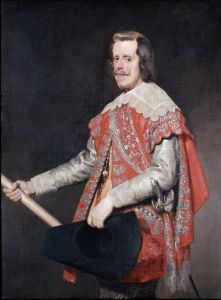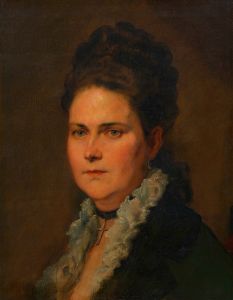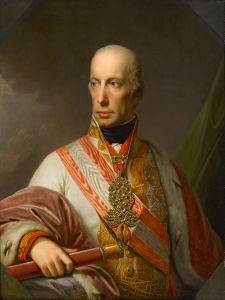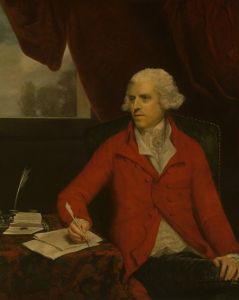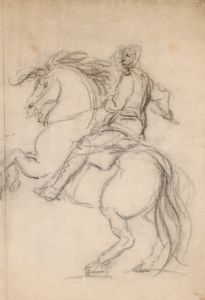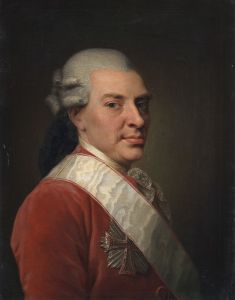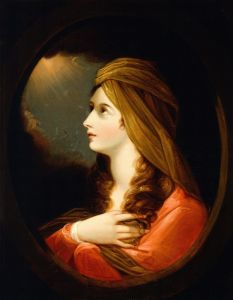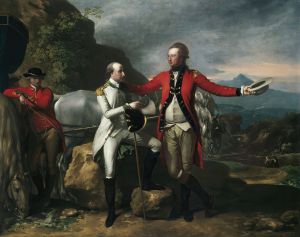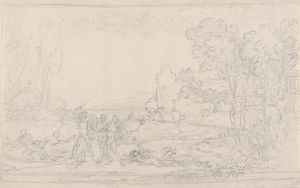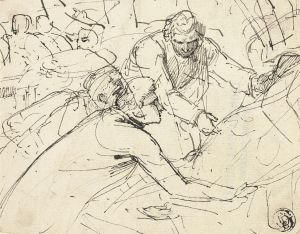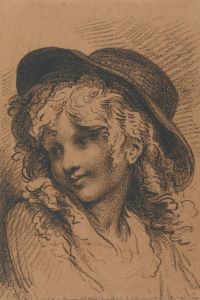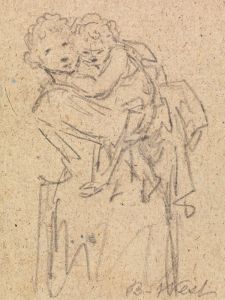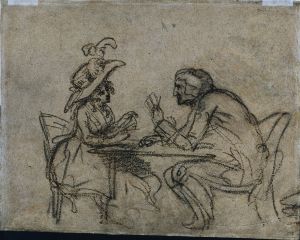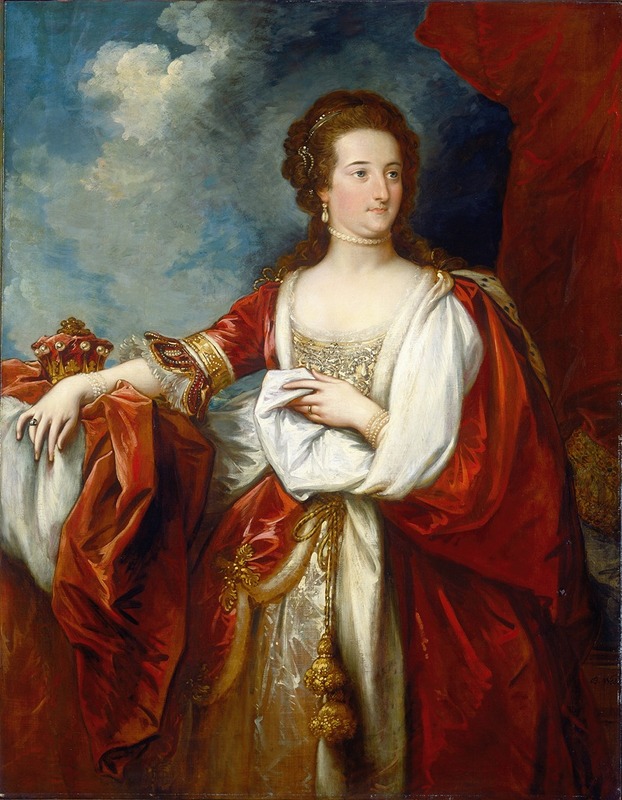
Elizabeth,Countess of Effingham
A hand-painted replica of Benjamin West’s masterpiece Elizabeth,Countess of Effingham, meticulously crafted by professional artists to capture the true essence of the original. Each piece is created with museum-quality canvas and rare mineral pigments, carefully painted by experienced artists with delicate brushstrokes and rich, layered colors to perfectly recreate the texture of the original artwork. Unlike machine-printed reproductions, this hand-painted version brings the painting to life, infused with the artist’s emotions and skill in every stroke. Whether for personal collection or home decoration, it instantly elevates the artistic atmosphere of any space.
"Elizabeth, Countess of Effingham" is a portrait painted by the renowned American artist Benjamin West. Completed in 1769, the painting is a significant example of West's early work during his time in England, where he became a prominent figure in the art world. Benjamin West, born in 1738 in Pennsylvania, was a pivotal artist who played a crucial role in the development of historical painting in Britain and later became the second president of the Royal Academy.
The subject of the painting, Elizabeth, Countess of Effingham, was born Elizabeth Beckford. She was the daughter of Peter Beckford, a wealthy Jamaican plantation owner, and his wife Bathshua Herring. Elizabeth married Thomas Howard, 2nd Earl of Effingham, in 1765. The Earl of Effingham was a British nobleman and army officer, known for his opposition to the British government's policies towards the American colonies, which eventually led to the American Revolutionary War.
In the portrait, Elizabeth is depicted in a graceful and elegant manner, embodying the ideals of 18th-century British aristocracy. West's portrayal of her is both dignified and refined, capturing her poise and status. The painting is executed with a keen attention to detail, particularly in the rendering of her attire and the textures of the fabrics, which reflect the fashion of the time. The use of light and shadow in the portrait highlights Elizabeth's features and adds depth to the composition, showcasing West's skill in creating lifelike representations.
The painting is also notable for its composition and use of color, which are characteristic of West's style. He employs a harmonious palette that enhances the overall aesthetic appeal of the work. The background of the portrait is kept relatively simple, ensuring that the focus remains on the Countess herself. This approach is typical of West's portraits, where the emphasis is placed on the sitter's expression and demeanor.
Benjamin West's career in England was marked by his success as a portraitist and history painter. He was instrumental in the establishment of the Royal Academy of Arts in 1768 and served as its president from 1792 to 1805 and again from 1806 until his death in 1820. West's influence extended beyond his paintings, as he was a mentor to many young artists of his time, including notable figures such as John Singleton Copley and Gilbert Stuart.
"Elizabeth, Countess of Effingham" remains an important work within West's oeuvre, reflecting both his artistic talents and his ability to capture the essence of his subjects. The painting is part of the collection at the Art Gallery of Ontario, where it continues to be appreciated by art enthusiasts and historians alike. Through this portrait, West not only immortalized Elizabeth Beckford but also contributed to the rich tapestry of 18th-century British portraiture.





